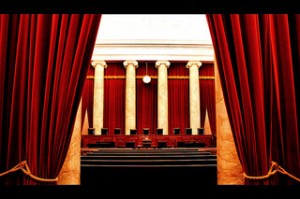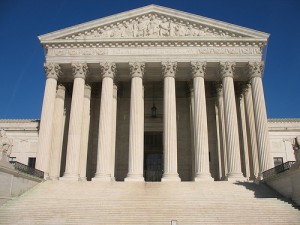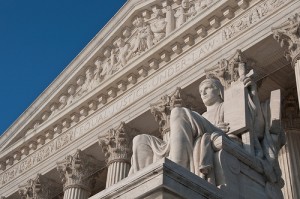Not Represented by the Same Counsel in This Court
Posted
21 Jul 2014 in Commentary, Tips and Tactics
Trial and appellate counsel may differ for a variety of reasons, not all of which reflect poorly on one or the other. On occasion, however, trial counsel may have acted so unprofessionally or ignorantly as to be the target of strong remarks by the appellate court. In this case, the appellate court should and often does inform readers of its decision that the same attorney did not appear in both courts.
On occasion, however, trial counsel may have acted so unprofessionally or ignorantly as to be the target of strong remarks by the appellate court. In this case, the appellate court should and often does inform readers of its decision that the same attorney did not appear in both courts.










